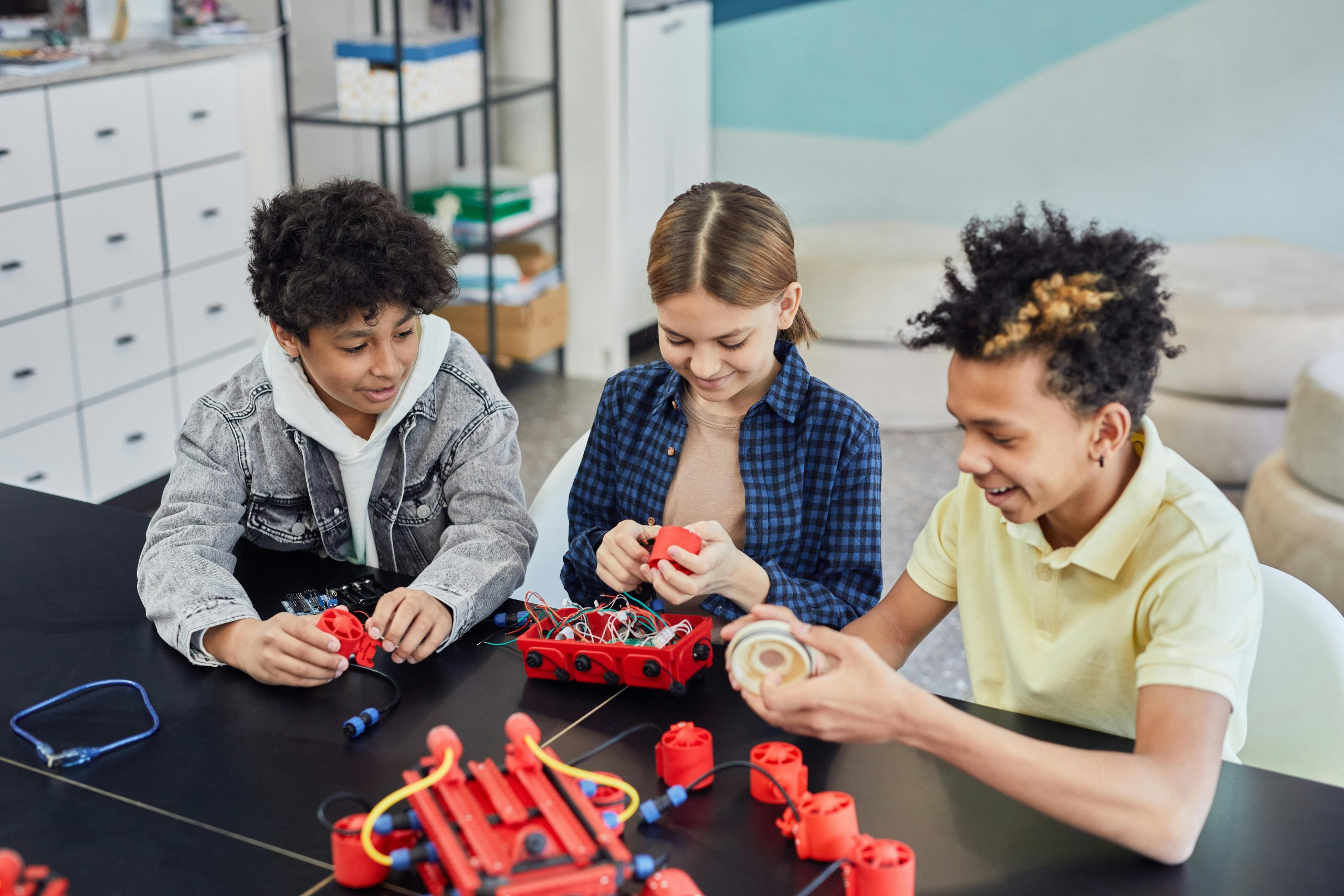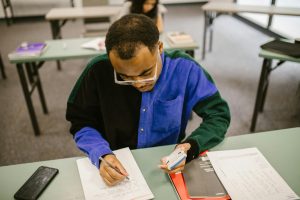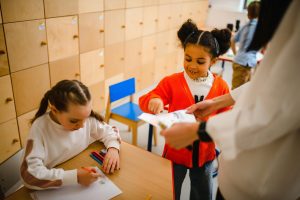Cultivating creativity and problem-solving skills in students
In today’s constantly evolving job market, creativity and problem-solving skills are highly sought after by employers. As technology advances and new challenges arise, traditional methods of finding solutions no longer suffice. This is where creativity and problem-solving skills come into play. As educators, it is our responsibility to cultivate these important skills in our students. In this article, we will explore the importance of creativity and problem-solving skills in the classroom and how teachers can foster them in their students.
The Value of Creativity and Problem-Solving Skills
According to a survey conducted by the World Economic Forum, creativity and problem-solving skills are listed as two of the top skills that will be most in demand by employers by the year 2020. This comes as no surprise as the world continues to become more complex, the ability to think creatively and find innovative solutions is crucial. Cultivating these skills in students will not only benefit them in their future careers, but also in their personal lives.
How Creativity and Problem-Solving Skills Benefit Students
Creativity allows individuals to come up with unique ideas and solutions to problems. It encourages students to think outside the box and challenge the status quo. By fostering creativity, students are able to gain a deeper understanding of the subject matter and see things from different perspectives. Additionally, problem-solving skills equip students with the ability to identify, analyze and solve problems effectively. This involves critical thinking, decision-making and adaptability – all essential skills for success in any field.
Strategies for Cultivating Creativity and Problem-Solving Skills
Incorporate Project-Based Learning
Project-based learning is a teaching method that focuses on real-world problems and challenges. It allows students to apply their learning to a practical and meaningful project, encouraging creativity and critical thinking. This hands-on approach allows students to explore different solutions and encourages them to think creatively in order to find the best one.
Encourage Exploration and Curiosity
It is important for teachers to create an environment where students feel comfortable exploring and asking questions. By encouraging curiosity, students are more likely to come up with new and innovative ideas. Teachers can provide students with open-ended activities or assignments that allow for exploration and problem-solving. This will foster their natural creativity and encourage them to think critically.
Use Collaborative Learning
Collaborative learning allows students to work together in groups to solve a problem. This not only teaches students how to work as a team, but also exposes them to different perspectives and ideas. By collaborating, students can learn from each other and come up with creative and effective solutions.
Provide Opportunities for Brainstorming and Brainwriting
Brainstorming and brainwriting are two techniques that can help students generate a large number of ideas in a short period of time. Brainstorming involves a group of students coming up with ideas together, while brainwriting allows students to come up with ideas individually and then share them with the group. These techniques promote creativity and encourage students to think outside the box.
Incorporate Technology
Incorporating technology in the classroom can be a powerful tool for fostering creativity. There are numerous apps and programs that allow students to approach problems in different ways and come up with unique solutions. Additionally, technology provides access to a vast amount of information that can inspire and challenge students to think creatively.
In conclusion, creativity and problem-solving skills are essential for preparing students for the challenges of the future. As educators, it is our responsibility to cultivate these skills in our students. By incorporating project-based learning, encouraging exploration and collaboration, and using technology, we can create a learning environment that fosters creativity and critical thinking. Let us equip our students with the skills they need to thrive in a constantly changing world.










